Interview with Jim Zuckerman - World-Renowned Photographer
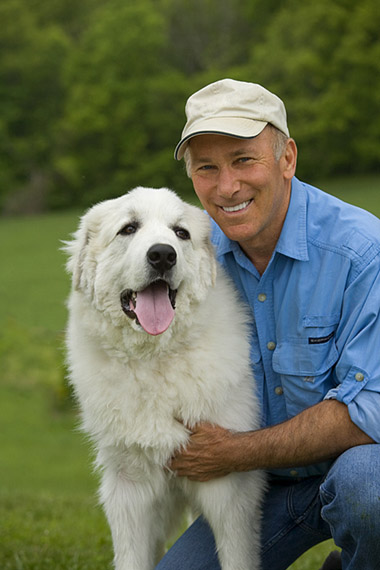
1. Hi Jim. How and when did you get started in photography?
I bought my first camera in 1968. I sold my stamp album (American mint stamps) to buy it, and I paid $175 for a Canon FT QL and a 50mm lens.
2. People like to talk about 'lucky breaks' but I think it's more hard work and passion that leads to a breakthrough to becoming a professional photographer. When was your breakthrough?
I never really had a ‘breakthrough’. I agree with you – it’s just hard work. The best decision I made in my career was to join a stock photo agency, but even selling images through a stock agency is nothing but hard work, time, and money invested.
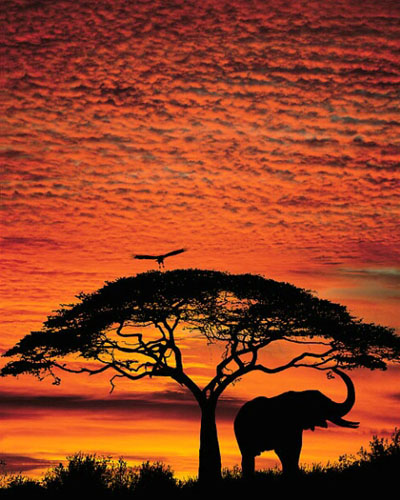
3. You seem to be a generalist photographer, unlike many other professionals who have a very specific niche, such as birds or macro. You tend to photograph everything relating to travel and nature - do you have a favorite area or a particular passion within travel/nature?
Wildlife and primitive tribes are my two favorite subjects.
4. Before compiling the questions to this interview I went to find which book of yours I had in my library - I found three! Secrets of Color in Photography, Techniques of Natural Light Photography and The Professional Photographer's Guide to Shooting and Selling Nature & Wildlife Photos. These books were how I was first inspired and how I learnt photography. Have these books been updated, are they still in print and are they still relevant in the digital age?
The only book that has been updated is the marketing book, and the new title is: Shooting and Selling Your Photos. It is still in print and available at amazon.com.
The other two are out of print because they were written with film in mind, but the photographic principles are still relevant in the digital age.
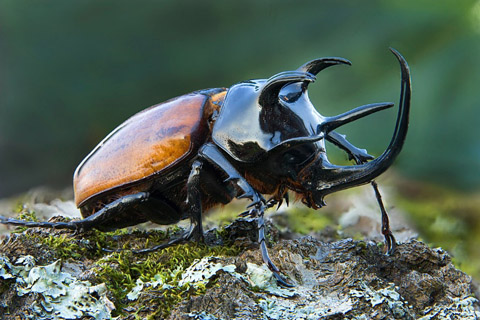
5. The professional photography market seems to be moving away from image and book sales to photographic workshops and eBooks. Have you found this to be so with your business?
Yes, I have. Stock sales are significantly down, so many photographers have shifted their focus to conducting workshops, seminars, and photo tours.
6. Let's chat about your photo tours for a minute – give us an idea of a typical day on one of your tours such as the Namibian tour.
In Namibia the distances we have to cover are huge. Part of a day may be driving over long, corrugated gravel roads, but we endure this because the places we go to are so great to photograph.
Once there, we take advantage of low angled sunlight in the morning and in the late afternoon.
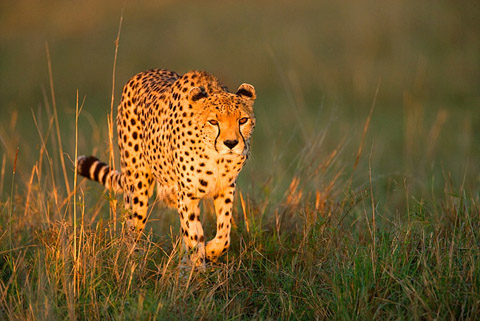
At the sand dunes, for example, we get up before sunrise and shoot until late morning, then we return to the lodge, have lunch, rest or work on our photos, and then at 3:30 or so we go back out to shoot the beautiful lighting on the dunes...
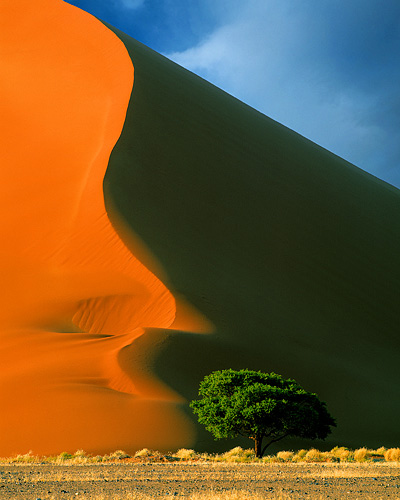
My photo tours are solely designed for great photography. They are not restful vacations. I always tell my groups they can rest when they get home.
7. What are your favorite spots / waterholes to photograph in Etosha?
My favorite water holes are those that happen to have great wildlife action when I am there. Animals move all the time. A water hole that enabled me to get awesome pictures yesterday may be completely vacated today.
When on safari, great images can happen almost anywhere and at any time.
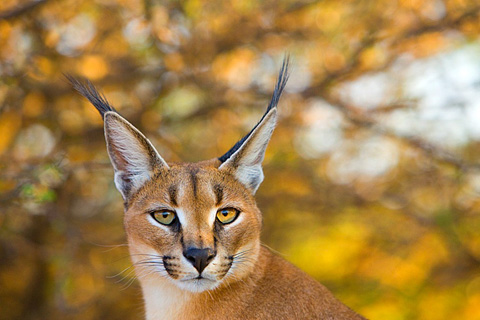
8. Does photography in Etosha provide any unique challenges - the white backgrounds at some of the waterholes for example?
Etosha is full of challenges. Often the animals are too far away, the white background is an exposure problem, and too often the vantage points from which we must shoot are such that the animals are lower than the photographer.
It’s almost always best to shoot at eye-level or, if possible, I like to be lower than the subjects. This gives the animals greater stature.
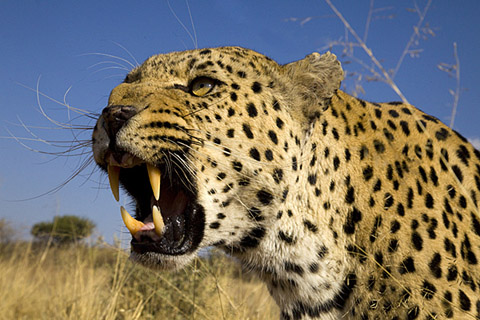
9. You seem to shy away from East Africa and concentrate on other more unique and exotic destinations. What nature/wildlife photo tours do you run in addition to Namibia?
I don’t shy away from East Africa. I’ve done photo tours there many times. The competition is significant, though, and to be honest, I got tired of having 20 vehicles encircle a pride of lions in Kenya or Tanzania.
That’s why I like Southern Africa - there are fewer tourists!
I also do photo tours to Venice, Italy during carnival, Indonesia, Costa Rica, Ireland, Spain/Portugal, New England in the U.S., Turkey, Mali, India and southern France to shoot the white horses of the Camargue...
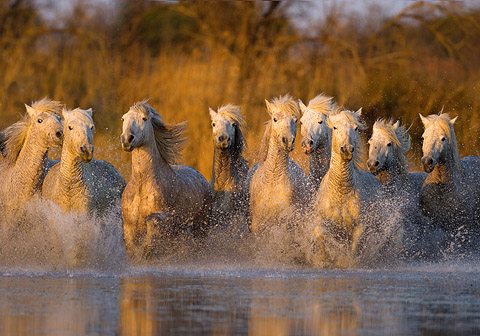
Every year, I alternate the trips. I add some and delete others. Otherwise, I would get bored going back to the same place over and over.
10. Before you go out on safari each day have you planned your route and what animal/s you are wanting to shoot?
No, never. It’s impossible to know where the animals will be concentrated. I rely on the instincts of the guides who live there and know where the likely places are to find wildlife.
They aren’t always right, of course, but that’s just the nature of the beast, so to speak.
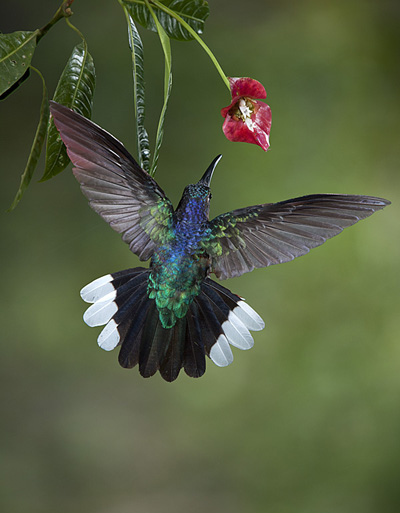
11. Now tell us a bit about your photo workshops such as the frogs and reptiles workshop.
There are many exotic and beautiful animals that are just too hard to find in nature. My frog and reptile workshop makes it easy for photographers to have a fantastic close encounter with these creatures.
In a single weekend, we typically photograph between 50 and 60 species. Everyone loves it, and they always return home with outstanding images – without exception.
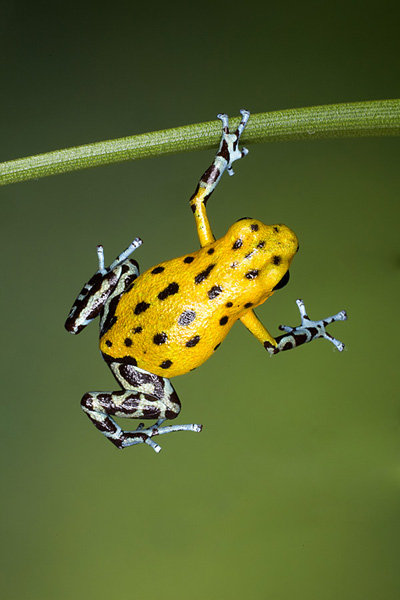
12. Some photographers see Photoshop as a necessary evil and they would much rather be out shooting in the field than editing. You, however, seem to love Photoshop and are one of the few photographers that use it to its full potential, hence your photographs tend to have the 'WOW' factor! How much time do you devote to using and learning new Photoshop skills?
You are right Mario, I do love Photoshop. Sometimes I think I live in the program!
Before Photoshop, I did darkroom special effects, so this was a natural evolution for me. I spend an enormous amount of time using Photoshop, but I can tell you that my income has approximately doubled because of my Photoshop skills.
I am always learning new techniques because even though I teach it, it’s such a deep program that it seems almost impossible to know everything about it.
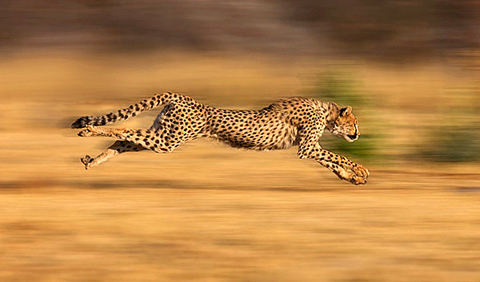
13. Photo equipment is important but some photographers are obsessed with having the latest body or lens. The camera manufacturers are partly to blame as their advertising says, 'if your photographs are just average then this new piece of equipment will change all that!' Where do you think a person wanting to improve their wildlife photography should focus their time, effort and money?
To take great wildlife photography, I’d start with getting a long lens. A 500mm f/4 is ideal in my opinion.
That’s a very expensive lens, but it is worth its weight in gold in terms of allowing you to fill the frame with great images...
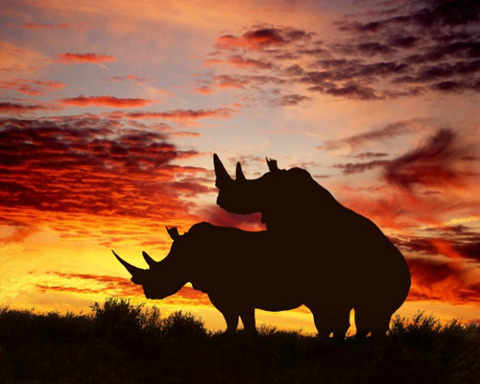
 |
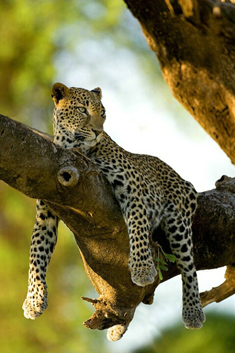 |
14. If aspiring photographers are unable to attend your workshops and photo tours you do provide many great tips on your website, newsletter and photo blog. For those people who are looking for more in-depth training, do you sell any ebooks or DVDs?
I have 3 DVDs available on amazon.com - two on Photoshop and one explaining my field techniques as I shoot in New England.
Check out this video clip where I shoot a classic New England location at sunrise...
My latest book (published Nov., 2010) is titled Pro Secrets to Dramatic Digital Photos and I also teach many aspects of photography and Photoshop online at betterphoto.com.
The newsletter I write every month is free, and if people want to sign up for it, they can do so on my website. Besides the blog on my website, which has good information on various photo techniques, I also write a blog for pixiq.com.
15. Jim, what are your Top Three Tips for someone wanting to take their nature photography to the next level?
A. Critique your photography by comparing it to the best nature photographers you know...
Be brutally honest in how you assess your work, and when you identify problems like a messy background, an out of focus foreground, harsh light, or blown highlights, focus on addressing those issues the next time you go out shooting.
B. Develop limitless patience to get the images you want...
See the image in your mind and then don’t stop until you get it.
C. Get the best equipment you can afford...
This means long lenses with large lens apertures. Striking wildlife photography requires artistry in your compositions and beautiful lighting, but it also requires (in most cases) long telephotos in order to fill the frame with impact.
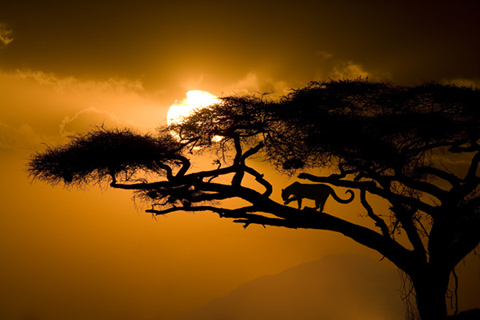
About Jim Zuckerman...
Jim Zuckerman is a world-renowned photographer whose work has appeared in Outdoor Photographer, publications of the National Geographic Society, Omni Magazine, Conde Nast Traveler, Shutterbug, Petersen's Photographic Magazine, and scores of other magazines.
He has taught photography at UCLA and Kent State and is the author of 14 books, including Digital Photographer's Guide to Photoshop Plug-Ins and Pro Secrets to Dramatic Digital Photos.
He currently teaches online photo courses for Betterphoto.com and leads photo tours in many parts of the world.
Copyright for the photographs on this page belongs solely to Jim Zuckerman. Images may not be copied, downloaded, or used in any way without the express, written permission of the photographer.
Return from Jim Zuckerman to Interviews Page
To make a safari rental booking in South Africa, Botswana or Namibia click here
"It's 764 pages of the most amazing information. It consists of, well, everything really. Photography info...area info...hidden roads..special places....what they have seen almost road by road. Where to stay just outside the Park...camp information. It takes quite a lot to impress me but I really feel that this book, which was 7 years in the making, is exceptional." - Janey Coetzee, South Africa
"Your time and money are valuable and the information in this Etosha eBook will help you save both."
-Don Stilton, Florida, USA
"As a photographer and someone who has visited and taken photographs in the Pilanesberg National Park, I can safely say that with the knowledge gained from this eBook, your experiences and photographs will be much more memorable."
-Alastair Stewart, BC, Canada
"This eBook will be extremely useful for a wide spectrum of photography enthusiasts, from beginners to even professional photographers."
- Tobie Oosthuizen, Pretoria, South Africa
Photo Safaris on a Private Vehicle - just You, the guide & the animals!













New! Comments
Have your say about what you just read! Please leave us a comment in the box below.